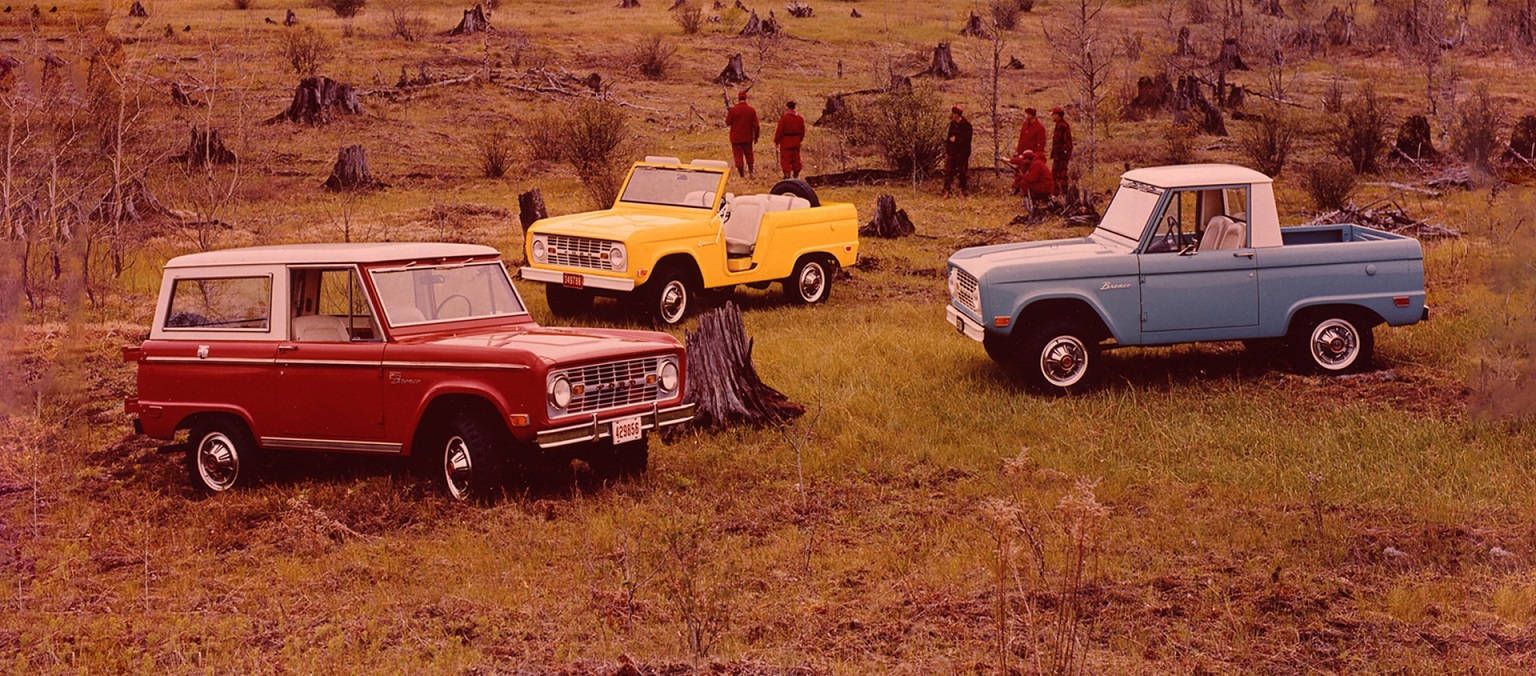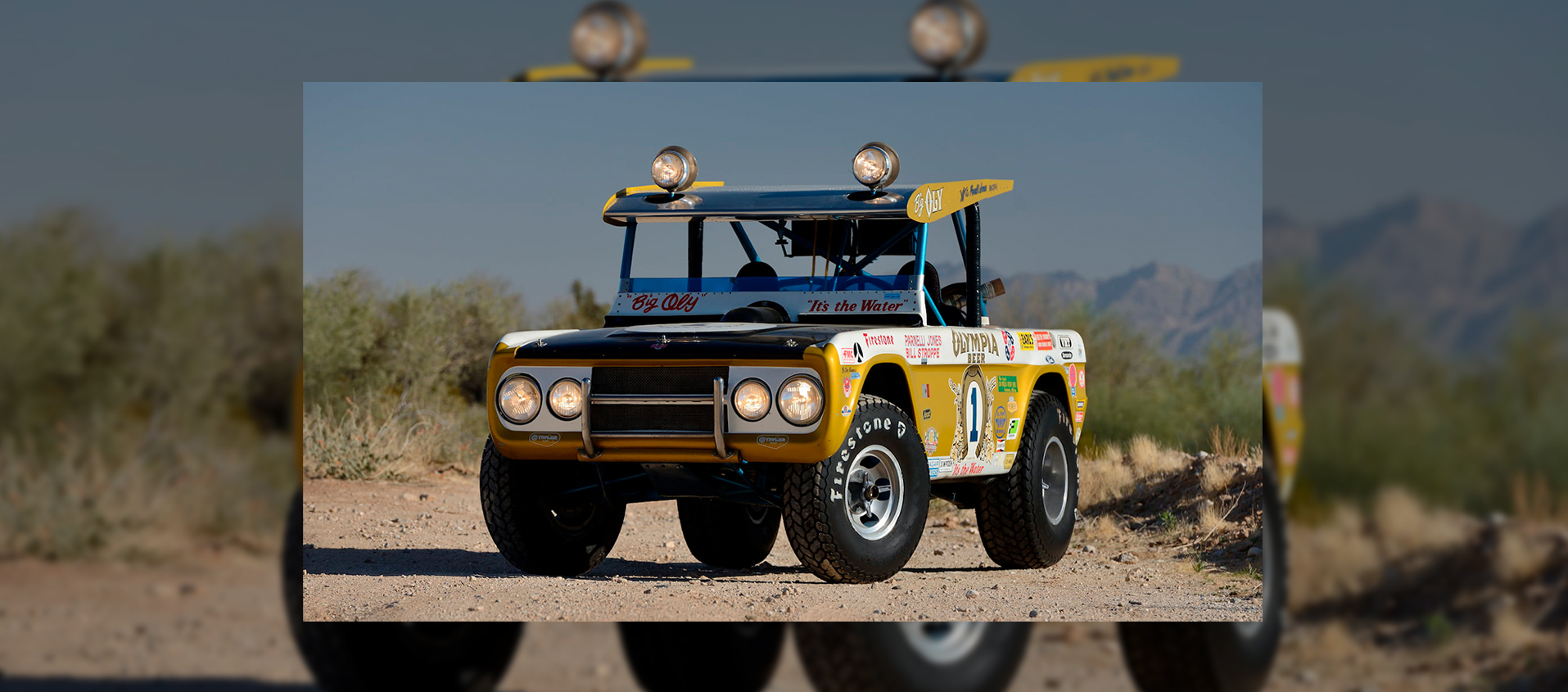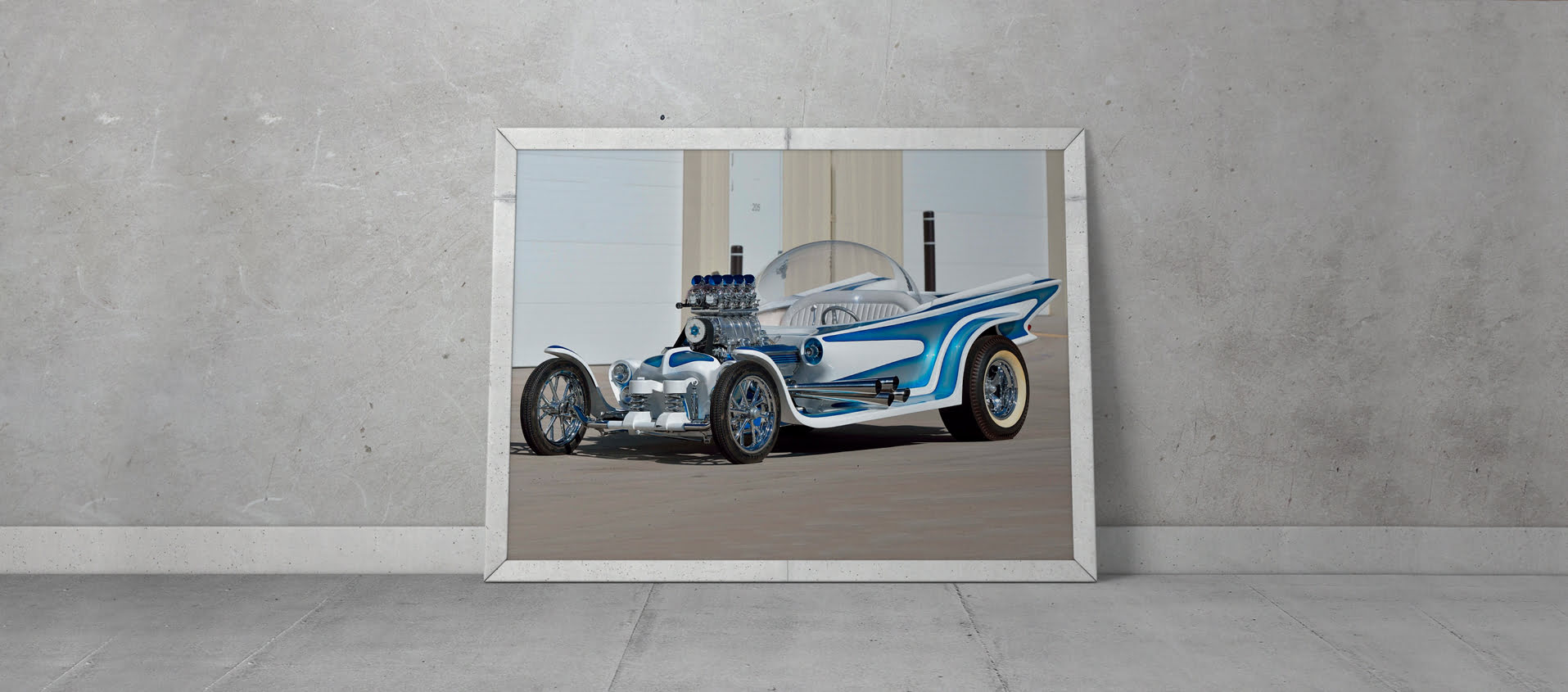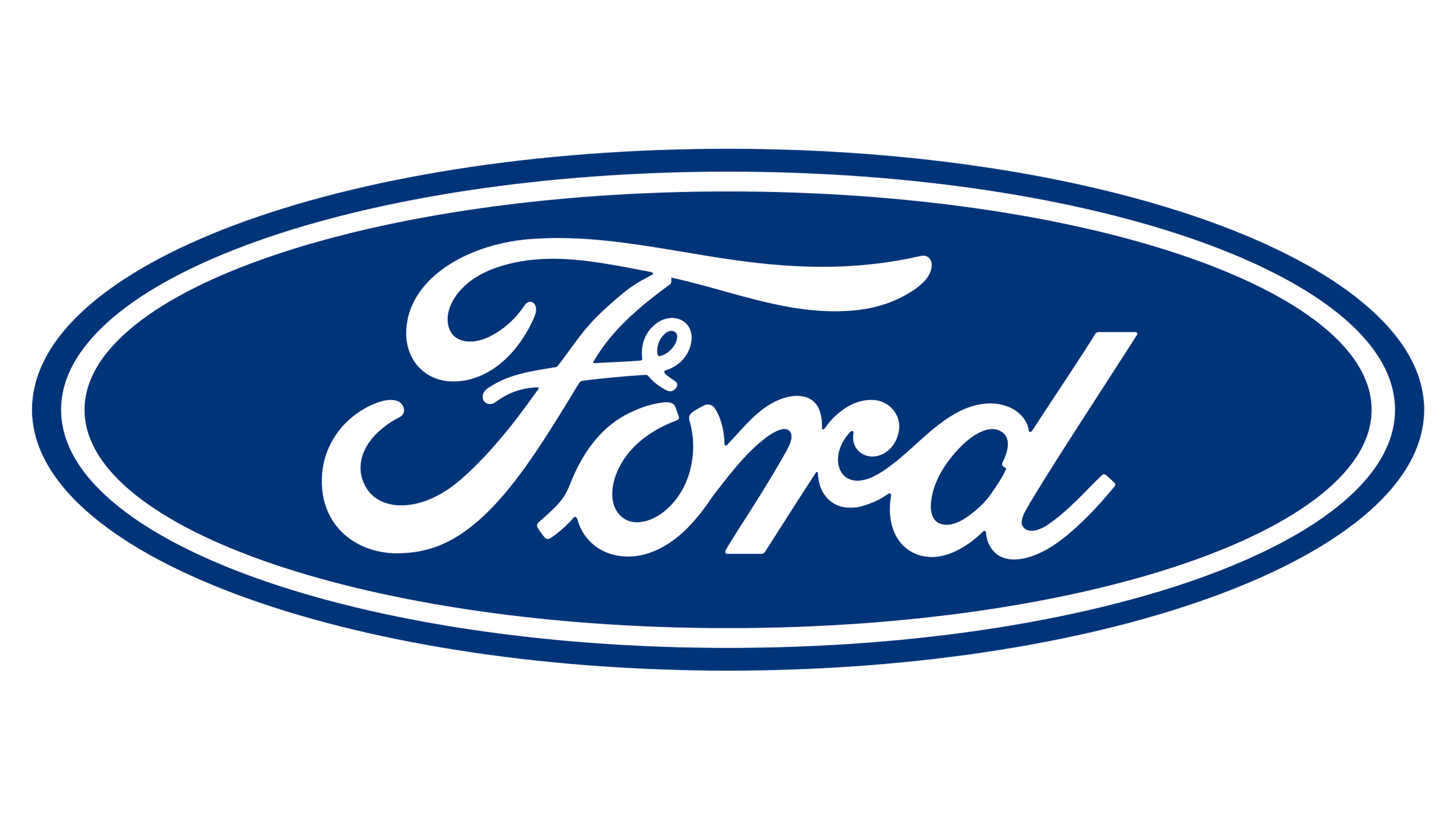B for Bronco
18 July 2020 2 min read 7 images

The 1960s were the years of youth protests, festivals and free love, and also the decade in which Ford launched the Bronco. Today, this vehicle would be classified, perfectly correctly, as a SUV. The problem is that nowadays this label is all too often used to describe boring high-wheelbase cars that come in all sizes, yet somehow all look the same, and are almost never 4x4s! The Bronco, on the other hand, deserved this description, precisely because it really did qualify as a Sports Utility Vehicle. Especially the Utility part. Indeed, its flat windows, symmetrical doors and C-shaped bumpers immediately left you in no doubt as to its vocation, which changed very little over the years until it finally went out of production in 1996. And while most people right now are excitedly focusing on the new model just presented, we prefer to take a trip down memory lane, looking back over the adverts that tell the Bronco's story and helped to build its legendary status.
Register to unlock this article
Signing up is free and gives you access to hundreds of articles and additional benefits. See what’s included in your free membership. See what's included in your free membership.
Already have an account? Log In



